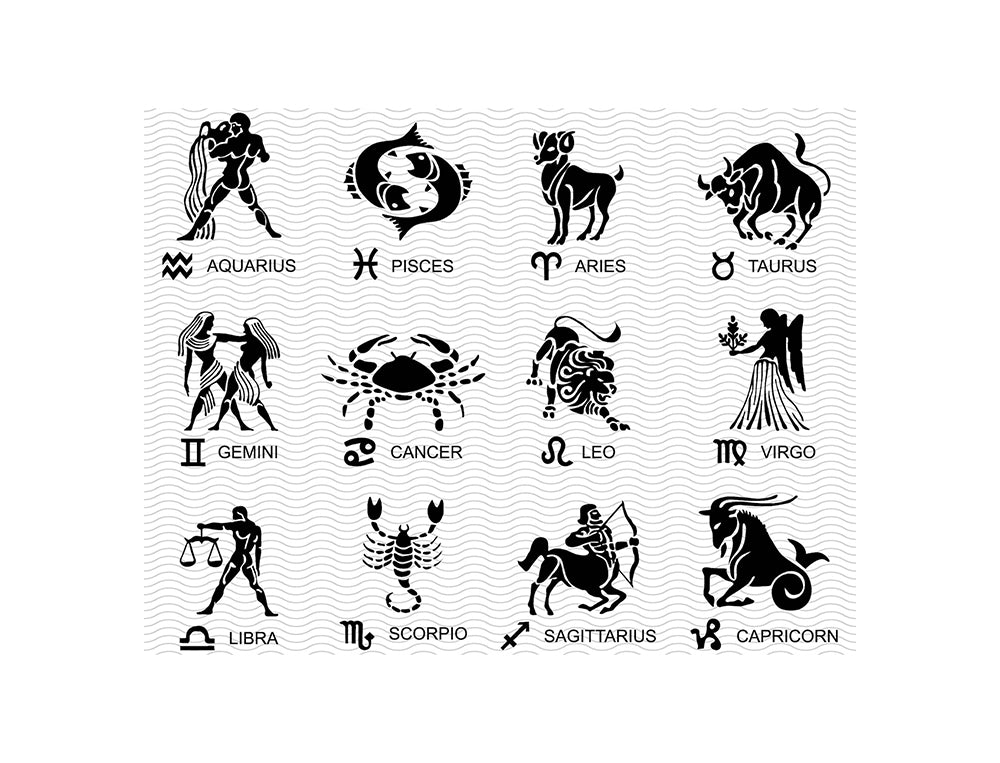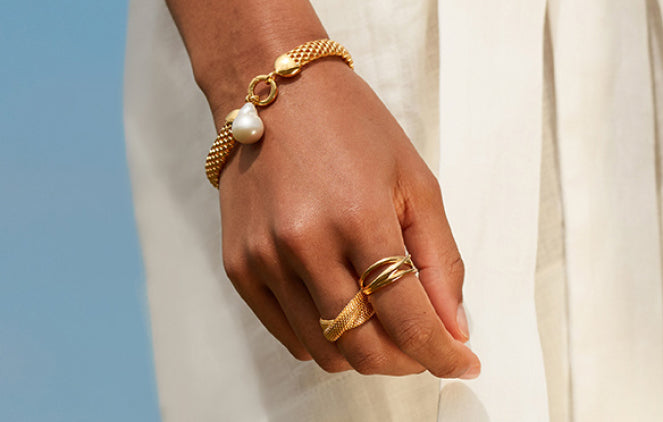
What is a Lab Created Diamond?

A lab diamond, also known as a laboratory-grown diamond or a man-made diamond, is a diamond that is produced in a laboratory using advanced technological processes. These diamonds are created using a variety of methods, including Chemical Vapor Deposition (CVD) and High Pressure High Temperature (HPHT) processes.
CVD diamonds are grown in a chamber that contains a carbon-rich gas mixture. The gas is ionized, which causes the carbon atoms to separate and bond together to form a diamond crystal. HPHT diamonds are created by mimicking the high pressure and high temperature conditions that occur deep within the earth where natural diamonds are formed. These processes can take several weeks to several months, depending on the size and quality of the diamond.
Lab diamonds have the same physical, chemical, and optical properties as natural diamonds, and they are virtually indistinguishable from them. They are made of pure carbon, which is arranged in a crystal lattice structure that gives them their unique properties. Lab diamonds are also graded on the same 4Cs as natural diamonds: carat weight, cut, color, and clarity. The only difference between lab-grown and natural diamonds is their origin.
One of the main benefits of lab diamonds is that they are much more affordable than natural diamonds, making them an attractive option for those who want the look and feel of a diamond without the high price tag. Lab diamonds are also a sustainable and ethical choice, as they are not associated with the environmental and social issues that can be associated with diamond mining.
Overall, lab diamonds are a high-quality and sustainable alternative to natural diamonds that offer all the beauty and durability of natural diamonds at a more affordable price. They are a popular choice for engagement rings, wedding bands, and other fine jewelry pieces, and their popularity is growing as more people become aware of their many benefits.
 Round
Round
 Oval
Oval
 Cushion
Cushion
 Pear
Pear
 Emerald
Emerald
 Radiant
Radiant

